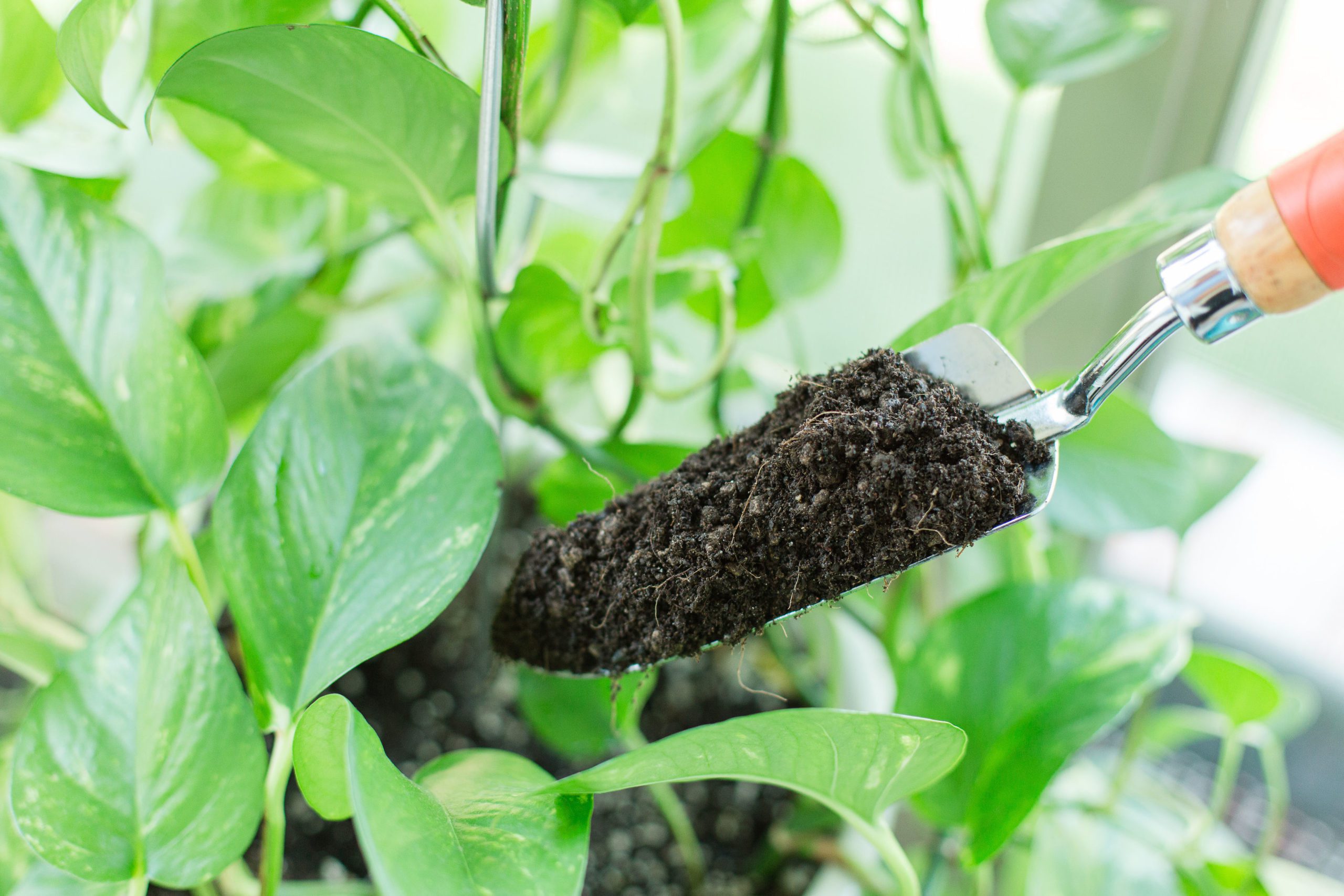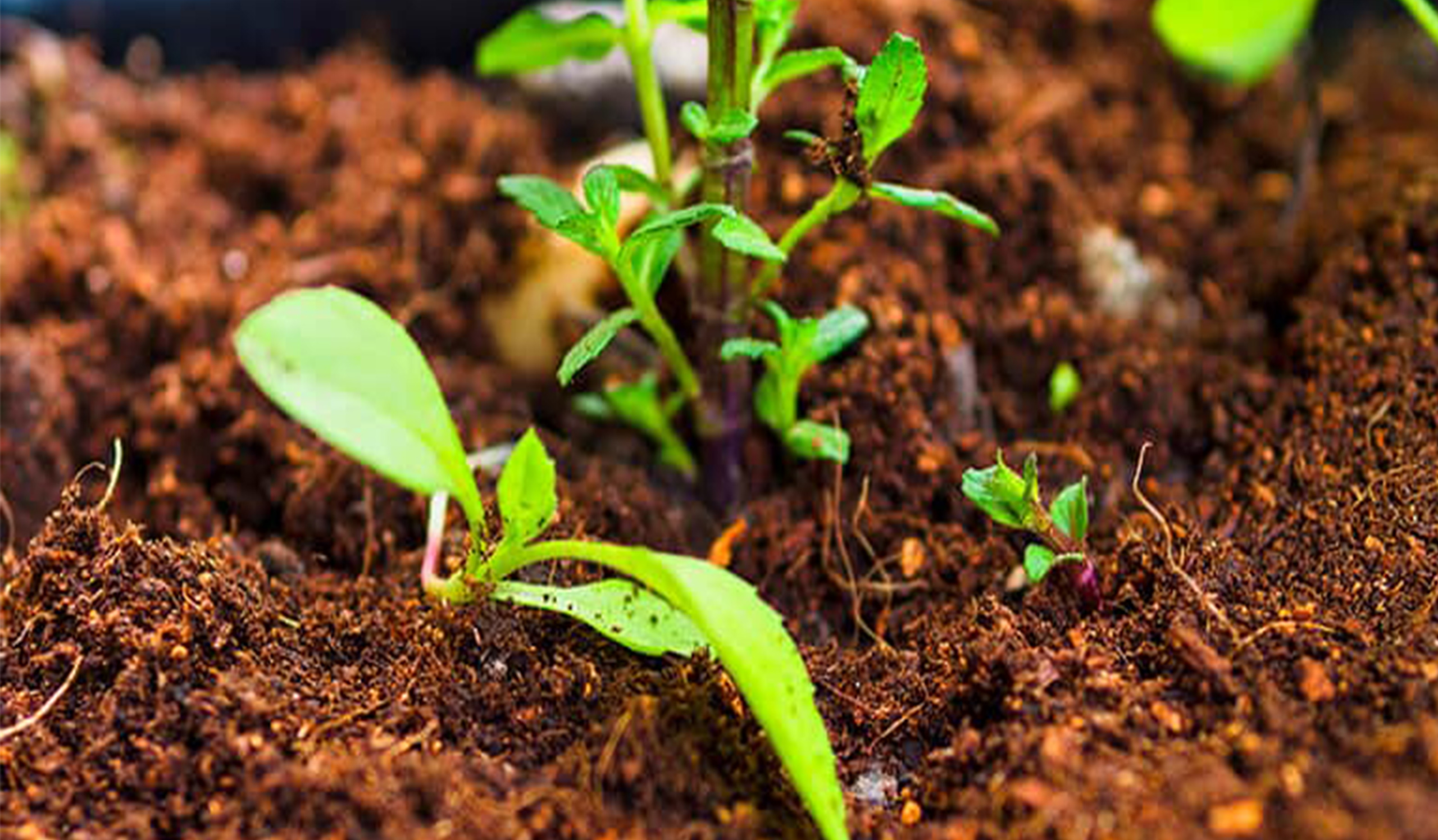Have you ever wondered what is the secret to having healthy and thriving indoor plants? The answer lies in the soil mixture you use. The right soil mixture provides essential nutrients, drainage, and aeration for your plants to flourish. In this article, we will delve into the world of indoor plant soil mixtures, exploring their importance, components, types, and tips to create the perfect blend for your green companions.
Addressing the Challenges
Indoor plants face unique challenges compared to their outdoor counterparts. They are often grown in containers, which can restrict root growth and limit access to nutrients. Additionally, indoor environments can have inconsistent temperature and humidity levels, affecting plant health. Using the right soil mixture can help mitigate these challenges, providing a stable and supportive environment for your indoor plants.
The Importance of Indoor Plant Soil Mixture
Indoor plant soil mixtures are specifically formulated to meet the unique needs of indoor plants. They provide:
- Optimal Drainage: Prevents waterlogging and root rot by allowing excess water to drain away.
- Nutrient Availability: Contains essential nutrients that are readily available to plants for healthy growth.
- Aeration: Ensures proper oxygen exchange in the root zone, promoting root development and overall plant health.
- Stable pH Levels: Maintains a balanced pH range suitable for most indoor plants.
A Personal Journey with Indoor Plant Soil Mixtures
In my journey as an indoor plant enthusiast, I have experimented with various soil mixtures. Initially, I struggled to keep my plants healthy, often facing issues with root rot and nutrient deficiencies. After extensive research and trial and error, I discovered the importance of using a well-draining and nutrient-rich soil mixture. By creating my own custom blend, I noticed a significant improvement in the health and growth of my indoor plants.
It’s crucial to understand the components of indoor plant soil mixtures to create an optimal environment for your plants. Let’s explore the most common ingredients:
- Peat Moss: Provides moisture retention and acidity, but lacks nutrients.
- Perlite: Improves drainage and aeration, but has no nutritional value.
- Vermiculite: Similar to perlite, but also holds some moisture.
- Compost: Adds organic matter and nutrients, improving fertility and drainage.
- Bark: Enhances drainage and provides structure.
- Sand: Aids in drainage and provides some nutrients.

History and Myths of Indoor Plant Soil Mixtures
The concept of indoor plant soil mixtures has evolved over time, with different theories and myths surrounding their composition. Once, it was believed that using plain garden soil was suitable for indoor plants. However, this often led to drainage issues and nutrient deficiencies. Today, we recognize that indoor plants have specific needs that require tailored soil mixtures.
Some myths persist about indoor plant soil mixtures. One common misconception is that adding coffee grounds to soil provides nitrogen. While coffee grounds do contain some nitrogen, the amount is negligible and can even harm plants if used excessively. Another myth claims that using distilled water is better for indoor plants. In reality, distilled water lacks essential minerals and can lead to nutrient deficiencies.

Unlocking the Secrets of Indoor Plant Soil Mixtures
Creating the perfect indoor plant soil mixture requires a balance between drainage, aeration, and nutrient availability. The ratio of ingredients varies depending on the type of plants you grow. For example, succulents and cacti prefer a well-draining mixture with high perlite content, while ferns and other moisture-loving plants require a more moisture-retentive mix with higher peat moss content.
To ensure proper drainage, aim for a soil mixture that drains excess water within a few minutes. If water pools on the surface or takes a long time to drain, add more perlite or bark to improve drainage. For aeration, use a mixture that allows air to circulate around the roots. Perlite and vermiculite are excellent choices for creating air pockets in the soil.

Expert Recommendations for Indoor Plant Soil Mixtures
When it comes to choosing a soil mixture for your indoor plants, consider the following recommendations:
- African Violets: Use a mixture of 1 part peat moss, 1 part perlite, and 1 part vermiculite.
- Ferns: Opt for a moisture-retentive mix of 2 parts peat moss, 1 part perlite, and 1 part compost.
- Succulents and Cacti: Choose a well-draining blend of 1 part potting soil, 1 part perlite, and 1 part sand.
- Orchids: Use a specialized orchid potting mix made from fir bark, perlite, and sphagnum moss.
Remember that these are general recommendations, and you may need to adjust the mixture based on your specific plant species and growing conditions.

Indoor Plant Soil Mixtures and Organic Options
In recent years, there has been a growing interest in using organic indoor plant soil mixtures. Organic mixtures are made from natural ingredients, such as compost, peat moss, and coconut coir, and are free from synthetic fertilizers and pesticides. They provide a more sustainable and environmentally friendly option for indoor plant care.
When choosing an organic indoor plant soil mixture, look for products that are certified organic by a reputable organization. These certifications ensure that the mixture meets specific standards for organic content and manufacturing practices.

Tips for Perfecting Indoor Plant Soil Mixtures
Here are some additional tips to help you create the perfect indoor plant soil mixture:
- Add mycorrhizae: These beneficial fungi help plants absorb nutrients more efficiently.
- Adjust for specific needs: Tailor the mixture based on the type of plants you’re growing and their specific requirements.
- Test the soil pH: Use a soil pH meter to ensure the mixture is within the optimal range for your plants.
- Repot regularly: As plants grow, they will deplete nutrients in the soil, so repotting with fresh soil is essential.
Indoor Plant Soil Mixtures and Different Types of Plants
Different types of plants have different soil requirements. For example, succulents and cacti prefer a well-draining, sandy soil, while ferns and orchids require a more moisture-retentive mixture. It’s important to research the specific needs of your plants and choose a soil mixture that is best suited to their growth.
:max_bytes(150000):strip_icc()/potting-soil-indoor-plants-container-plants-1902802-7-13c4cba1f22d4b29a03abb620858b733.jpg)
Fun Facts about Indoor Plant Soil Mixtures
Did you know that:
- The optimal pH range for most indoor plants is between 5.5 and 6.5.
- Adding charcoal to the soil mixture can help absorb impurities and improve drainage.
- Regularly aerating the soil by poking holes in it or using a chopstick can enhance oxygen levels.
How to Make Your Own Indoor Plant Soil Mixture
Creating your own indoor plant soil mixture is a great way to customize it to your specific needs. Here’s a basic recipe:
- Mix equal parts peat moss, perlite, and compost.
- Add mycorrhizae if desired.
- Test the pH and adjust as needed.
- Use your homemade soil mixture to pot your plants.

What if My Indoor Plant Soil Mixture is Wrong?
If your indoor plant soil mixture is not right, you may notice signs of plant stress, such as yellowing leaves, stunted growth, or wilting. To correct the issue, consider the following:
- Drainage: If the soil is not draining properly, add more perlite or bark to improve drainage.
- Aeration: If the soil is compacted, use a chopstick or fork to aerate it.
- Nutrient deficiency: If plants are showing signs of nutrient deficiency, fertilize them with a balanced liquid fertilizer.
- Repotting: If the plants have been in the same soil for a long time, repot them with fresh soil.

Listicle: 5 Essential Elements of Indoor Plant Soil Mixtures
Here are the five essential elements of a good indoor plant soil mixture:
- Drainage: Ensures excess water can drain away to prevent root rot.
- Aeration: Allows oxygen to reach the roots, promoting healthy root development.
- Nutrients: Provides essential nutrients for plant growth.
- Structure: Supports plant
